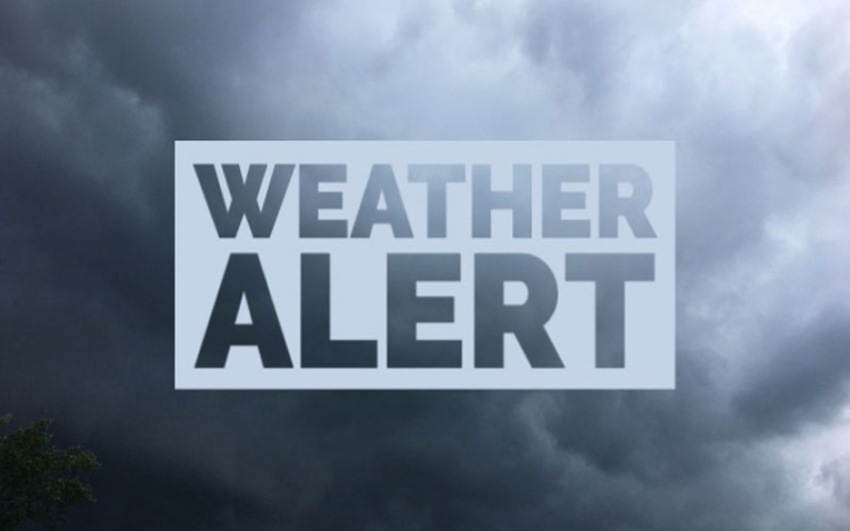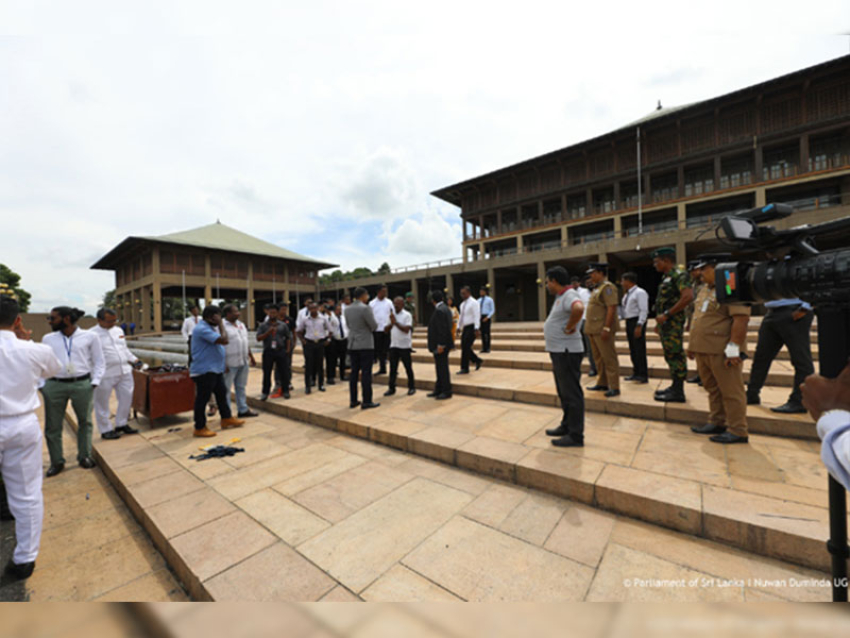Angus Houston, head of a joint agency co-coordinating the search for the missing plane in the southern Indian Ocean, said that the Australian naval vessel Ocean Shield picked up the two signals on Tuesday, and that an analysis of two sounds detected in the same area on Saturday showed they were consistent with a plane's black boxes.
"I'm now optimistic that we will find the aircraft, or what is left of the aircraft, in the not-too-distant future. But we haven't found it yet, because this is a very challenging business," Houston said at a news conference in Perth, the hub for the search operation.
The signals detected 1,645 kilometres (1,020 miles) northwest of Perth are the strongest indication yet that the plane crashed and is now lying at the bottom of the ocean in the area where the search is now focused. Still, Houston warned he could not yet conclude that searchers had pinpointed Flight 370's crash site.
"I think that we're looking in the right area, but I'm not prepared to say, to confirm, anything until such time as somebody lays eyes on the wreckage," he said.
Finding the black boxes quickly is a matter of urgency because their locator beacons have a battery life of only about a month, and Tuesday marked exactly one month since the plane vanished on March 8 with 239 people on board.
If the beacons blink off before the black boxes' location can be determined, finding them in such deep water -- about 4,500 metres, or 15,000 feet -- would be an immensely difficult, if not impossible, task.
To assist the Ocean Shield, the Australian navy on Wednesday began using parachutes to drop a series of buoys in a pattern near where the signals were last heard.
Meanwhile, the search for debris on the ocean surface picked up intensity on Wednesday, with 15 planes and 14 ships scouring a 75,400 square kilometre area that extends from 2,250 kilometres northwest of Perth.
Despite the challenges still facing search crews, those involved in the hunt were buoyed by the Ocean Shield's findings.
"I'm an engineer so I don't talk emotions too much," Matthews said. "But certainly when I received word that they had another detection, you feel elated. You're hopeful that you can locate the final resting place of the aircraft and bring closure to all the families involved."




















